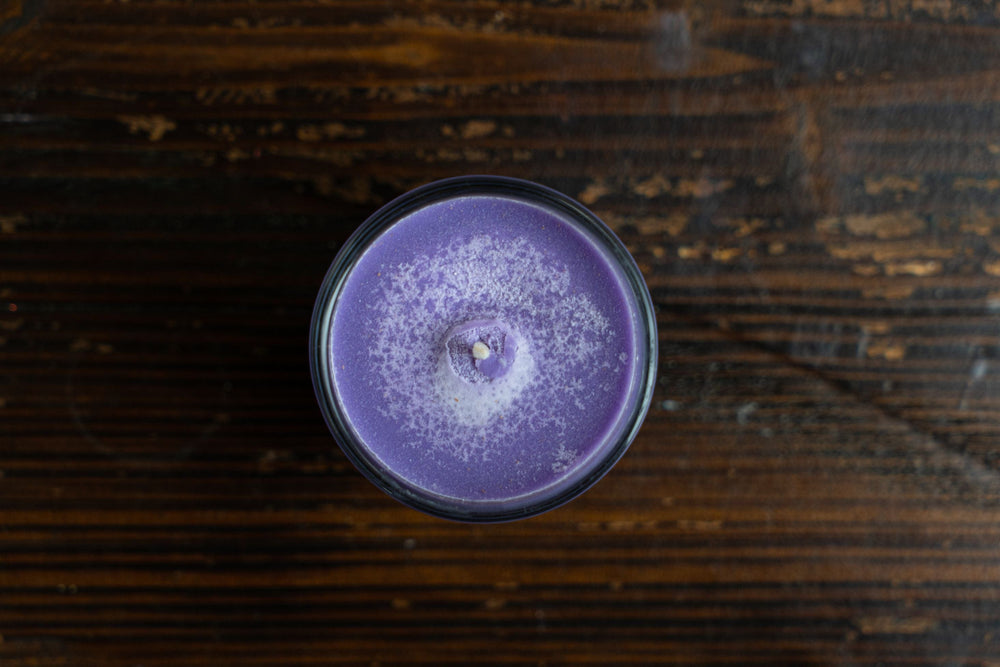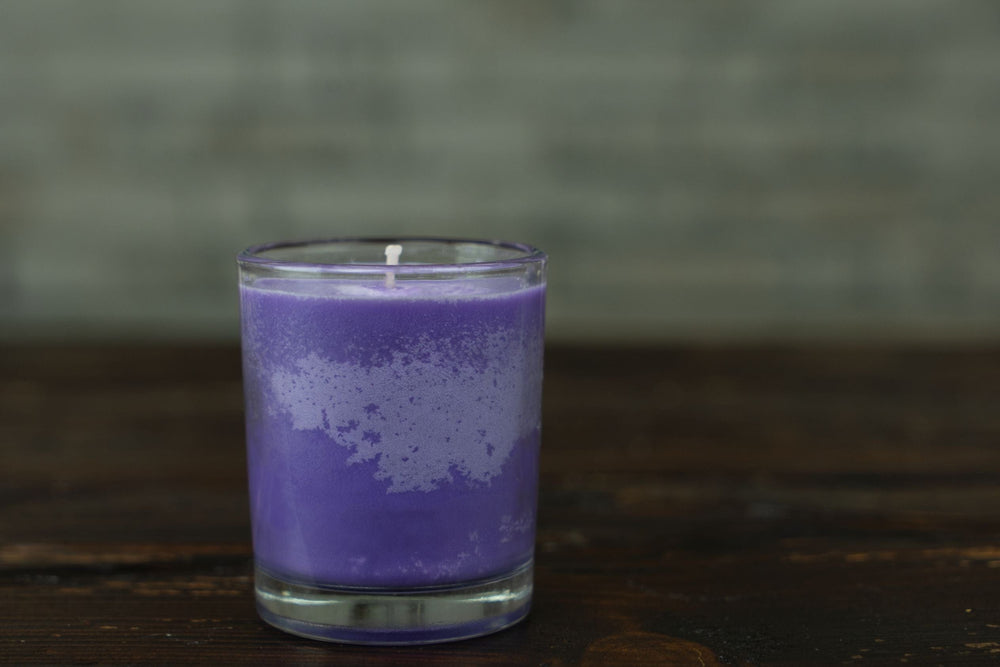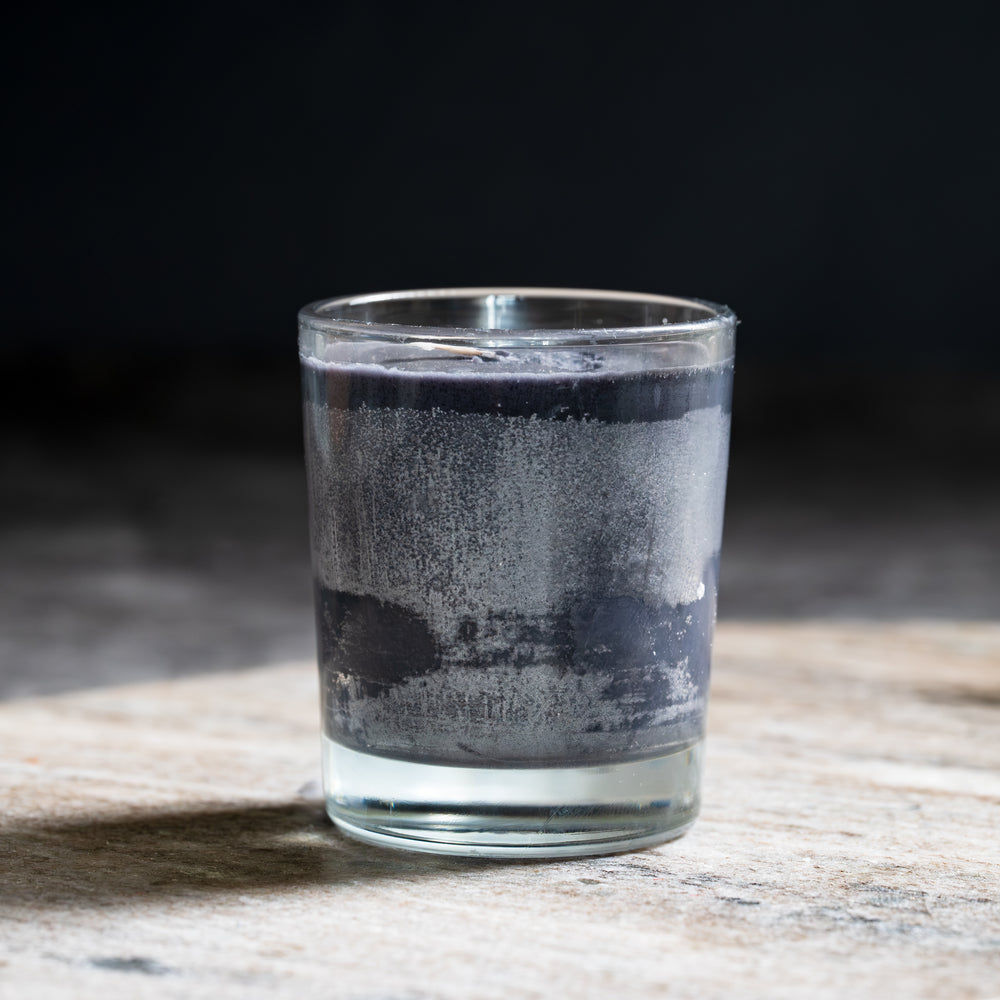Your questions, answered.

What is frosting?
Frostingis an informal term for a mild type of polymorphism. This word is derived from the Greek words "poly" (many) and "morphe" (form), and it refers to when the wax exists in different crystalline states at once. Polymorphism ranges from light frosting on the surface of the candle to large bumps and cavities in the candle (also called blooming)
When does frosting occur?
Frosting only impacts plant-based waxes. Soy and rapeseed waxes are particularly prone to frosting. That being said, frosting is highly unpredictable and can occur at any time during the candle-making process. It may even be the case that in the same batch, some candles frost while others do not.


How do I minimise frosting?
Find the right cooling profile.
Getting the right cooling profile can help, but frosting is frequently unavoidable. To minimise the risk of frosting, experiment with your cooling temperatures. The right temperature will depend on your fragranced wax mixture.
Blend with paraffin
Frosting only occurs with plant-based waxes. Therefore, using plant and mineral wax blends substantially mitigates the risk of frosting.
Pour at the right temperature
Our general recommendation would be to pour your plant wax candle as close to the congealing point as possible, which is the temperature at which your wax becomes cloudy. This temperature varies from wax to wax but getting it right will help your candle to solidify faster.


